The old building where, since 1861, the Lagoa Chamber functioned, will be transformed into the Citizenship House. But it will be complemented by a new body built at the rear, coated in corten steel. In other words, the whiteness of the walls of the old Chamber will now be contrasted with the dark brown of the new material.
Bruno Serrão, from the studio Red Umbrella, the architect invited to design the new structure, stated, in the presentation that took place at the Convento de S. José, the desire to create something very different in the new building. «We didn't want to put an attitude identical to what is there, so we opted for a radical attitude, of rupture in relation to the other building», he underlined.
It is «a modern element against what is there», «the shock is purposeful», he admitted.
Even so, he considered, «the idea of the architecture project was conciliatory, it was the machine who grabbed everything”.
José Águas da Cruz, president of the Municipal Assembly of Lagoa, also present at the session, admitted that it was a construction with «some boldness». However, he defended, «like all great projects, it will have its opponents, but history will prove us right».
Earlier, the anthropologist Paulo Lima, coordinator of the project, had already explained how, in 2018, the idea of creating this Citizenship House was born. “First, they thought about creating a museum of social movements. Then, a more ambitious project began to be designed", which took into account that a City Council is "a close, direct body responsible for local development", but which also did not forget "the concept of democracy" and "the gender and integration policies'.
The project, summarized Paulo Lima, will be «composed of physical, material parts, but also of digital parts and the spirit of the place».
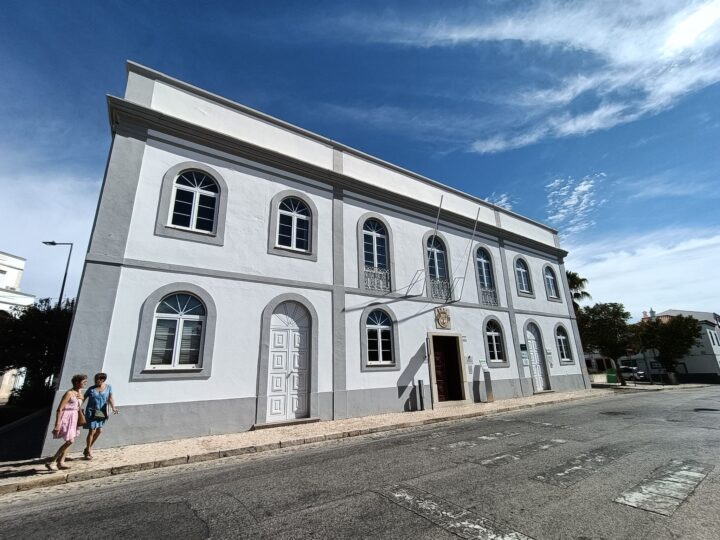
In fact, one of the fundamental aspects of the project is precisely this spirit of the place. The main building of the future Casa da Cidadania was inaugurated in 1861 to house the Town Hall of Lagoa.
It was the «genius of a man», João Bentes Castelo Branco, from Lagos, who was a doctor and had been a Miguelist, who remembered to buy the chapel of Nossa Senhora de ao Pé da Cruz, built in the 1755th century at the entrance of the then village, and partially destroyed by the earthquake of XNUMX.
A few years after the earthquake, in 1773, King José I created the municipality of Lagoa, separating it from the term of Silves, a historic landmark that will celebrate 250 years in 2023 and, therefore, will be duly celebrated.
However, for almost a century, the Câmara de Lagoa did not have a house. Hence, João Bentes Castelo Branco decided that it was time to make up for this lack, building «a seat for the municipality, which did not have one», as Paulo Lima pointed out.
The doctor from Lagos then bought what was left of the chapel and the surrounding trerrenos, to build the Town Hall there. The hermitage, by the way, is still inside the current building, as highlighted by Paulo Lima and the architect Bruno Serrão. Such vestiges will be preserved and even highlighted in the new project.
But let’s go back to João Bentes Castelo Branco: certainly influenced by his role as a doctor and adhering to the hygienist practices of liberal times, the entrepreneur had modern equipment built in the new building that did not exist at the time in the village of Lagoa: a public urinal. The problem is that the urinal was created on the side of the altar of the old hermitage, which was considered a serious offense by the very religious population.
And it was this that gave rise to the legend that the ghost of João Bentes Castelo Branco still walks around, between the walls of the their City Hall, in a kind of eternal atonement for his boldness.
The ghost story was recalled by Paulo Lima, who admitted that he will be a piece important of such spirit of the place of the future House of Citizenship.
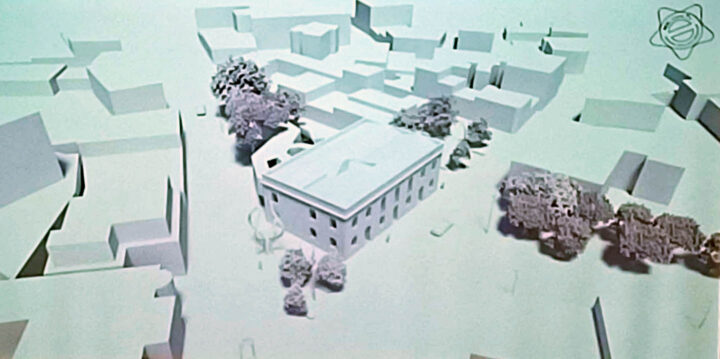
The Lagoa Chamber had announced that the session that took place on the 9th of September, at the Convento de S. José, was also intended to present the museum's museological and museographic projects. It turns out that the Casa da Cidadania does not have a museological project, since it is not, strictly speaking, a museum. And the museographic project, as will be seen later, is still nothing more than generic ideas.
It was the project coordinator himself who announced that the Casa da Cidadania «will not be a museum, because it has no physical objects». It is not that a museum needs physical objects, as the new definition of a Museum recently approved by ICOM even states.
«What we want to have is a dialogue with the community, which today is one of the most important elements in the definition of the new museology», defended Paulo Lima. Basically, he explained, it is about “starting from the experience of democratic municipalism to build an educational project”, which could even have global expression. «We can think about the world from Lagoa», he underlined.
Casa da Cidadania, he added, wants to “tell the story of local power in these 250 years”, which will also be a “story of important figures”. “You can talk about the people, the community, but you must also give these figures a face,” he said.
As for the museographic project, the architect Mariana Neto, from Doily, the company that was invited to design it and which is responsible, for example, for the museography of the Museu da Metalúrgica Duarte Ferreira (Tramagal), assumed that much remains to be defined in the Lagoa project. Perhaps because the contents of the Casa da Cidadania, as perceived from the presentation, are not yet completely closed.
The architect said only that the museographic project «will not be a static thing that will later be difficult to change».
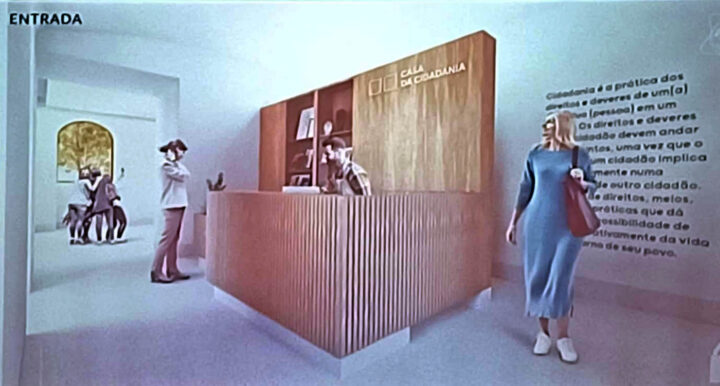
But after all, what will this Citizenship House be? What will it contain? What functions will it have? What will happen to the current building? What will the new one be for?
The future building will have two bodies – the current one, purged inside and outside of some elements that were added to it, and the new one, that building coated in corten steel.
But the exterior area will also be changed: the side street disappears and the square (formerly known as “da palm”) will be reclassified.
Despite maintaining the current access on the main façade, the entrance to the Casa da Cidadania will be made from the side, in the background reusing the entrance of the old chapel of Nossa Senhora de ao Pé da Cruz, facing the new square, which will be expanded with the elimination of the side street.
Inside, the current interior stairs will be demolished – which will be moved to another area of the building, in order to make it more functional.
According to the architect Bruno Serrão, author of the project, on the top floor there will be the safe room and the main hall, at the bottom a room for the sessions of the Municipal Assembly, with a capacity for 50 people, but with the possibility of adapting to other functions. .
Access to the new body will be via a ramp, connecting one building to the other.
In the new building, explained Bruno Serrão, «it is as if we were in a heavier work area. These edges and volumetric roughness almost transport us to work, to effort».
This new body will house the technical and administrative services of the Casa da Cidadania, but also the «tourist information office for the city of Lagoa», which never had any, since the county's tourist office works in Praia do Carvoeiro.
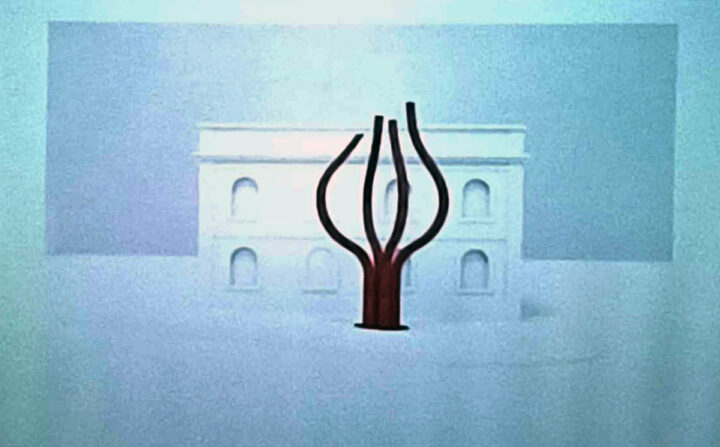
Thanks to all this intervention, most of the trees that are currently in the small back garden of the old Town Hall will disappear. In its place, on the side of the building, another tree special: the sculpture «World-Tree (Orbis terrarum)», also in corten steel.
The work is by José Teixeira, sculptor and master medalist, professor at the Faculty of Fine Arts in Lisbon and also invited to participate in the Casa da Cidadania project.
«I was called to carry out a set of interventions for Lagoa, in a total of «six projects», he revealed.
And what projects are these? The first was an object to be offered at the Encontros Imagem e Política, then a «reliquary chest of the Municipality of Lagoa», whose function is to keep the facsimile of the letter of D. José I, about the foundation of the municipality of Lagoa.
There is also the «totem of inclusion or multiculturalism of the Municipality of Lagoa», to be placed in the Casa da Cidadania, which should be produced in «stone, perhaps limestone from Escarpão».
Outside, there will be the so-called “World-Tree (Orbis terrarum)”. The sculptor was also tasked with designing the medal of honor for Lagoa, as well as the key to the city, «which will not be a normal key, but a box for an electronic key or whatever you want».
The best summary of what the Casa da Cidadania will be and what it will serve was given by José Águas da Cruz, president of the Municipal Assembly of Lagoa. «The Citizenship House cannot be reduced to a mere historical repository that we can consult with the most advanced digital technologies. It must also be a uniting element and a democratic instrument for active citizenship”.
Democracy “incorporates not only civic participation, but also the participation of cultural, economic, social and environmental agents. Therefore, the great objective and challenge is to have the door open to another instrument of democratic participation of the citizens”, he added.
In the end, Luís Encarnação, mayor of Lagoa, announced that the Casa da Cidadania project will be developed throughout 2023, when the municipality celebrates the 250th anniversary of its foundation. The next year will be used to launch the public tender for the construction works, while the work of digitizing the information to be made available on the platform will continue. casadacidadania.pt.
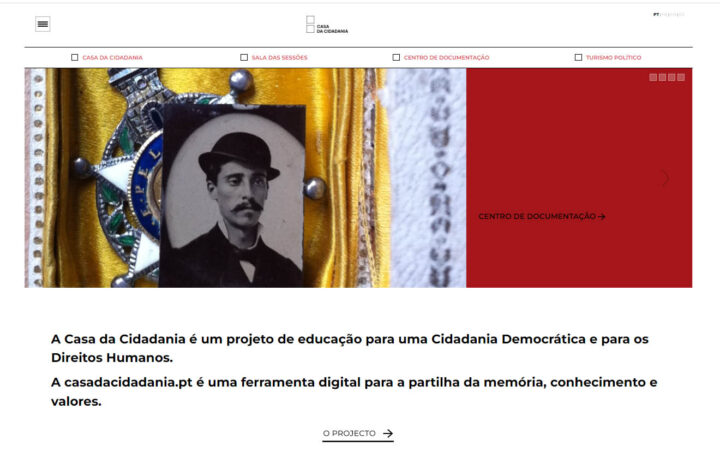
casadacidadania.pt platform is now onlineEven without having your property, the Citizenship House already exists, virtually. Since September 9, the digital platform casadacidadania.pt is available, as demonstrated by Fernando Cabral, from Sistemas de Futuro company. As can be read on the platform’s homepage, being the Casa da Cidadania «an education project for a Democratic Citizenship and for Human Rights», the casadacidadania.pt it is «a digital tool for sharing memory, knowledge and values». The work on the platform is still in progress, as the specialist pointed out. «The platform is not yet final», having been created, for now, «a query interface». And, in fact, for now, navigation on the platform is not easy, or even intuitive. On the other hand, it appears that there is still a lot of information to be loaded, with numerous features that are not yet loaded.In the future, one of the added value will be the fact that this is an «open platform», which will «communicate with people». In other words, explained Fernando Cabral, «outsiders will be able to contribute, because it is an open platform, not only for consultation, but also for receiving information». casadacidadania.pt should have close to 18 thousand records: 1686 records in the Historical Archive, 1833 bibliographic references, 1391 multimedia files, as well as 1336 references to historical events, 3262 to entities, 2284 to properties, 389 to intangible heritage and 93 to objects. These records do not refer only to the municipality of Lagoa, but to the entire south of Portugal. But, from what is already on the site, they still lack contextualization and, above all, interconnection.
And it was also unclear how this platform articulates with the Municipal Archive of Lagoa.
Photos: Elisabete Rodrigues | Sul Informação
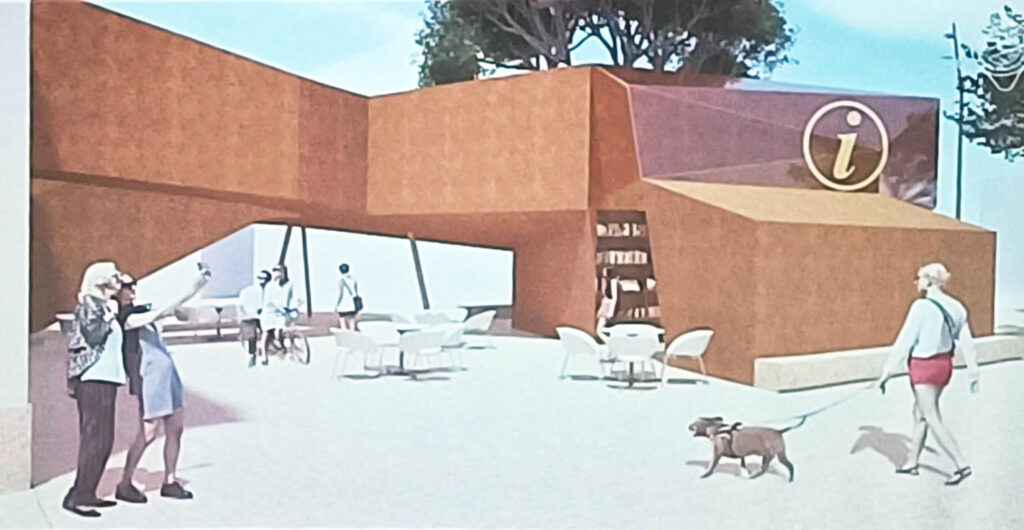
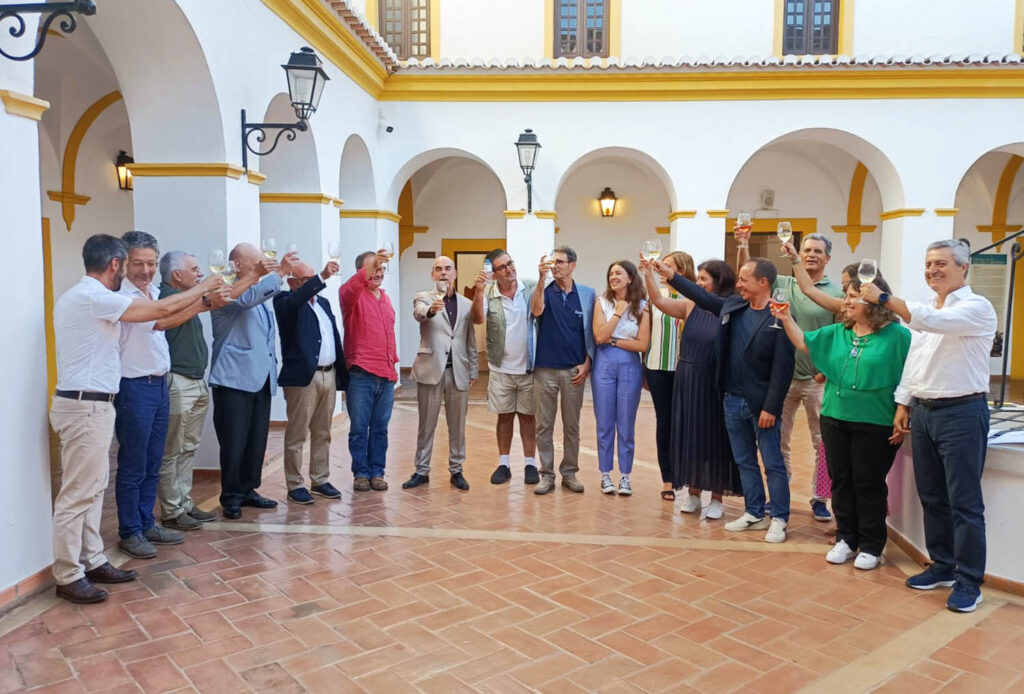
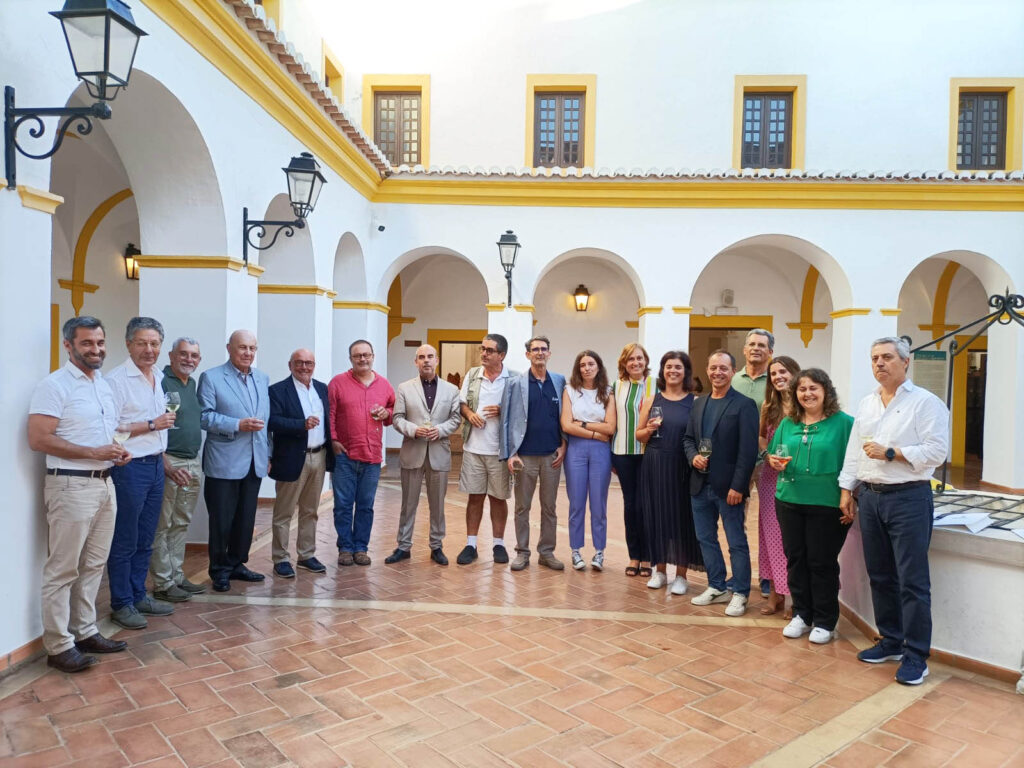
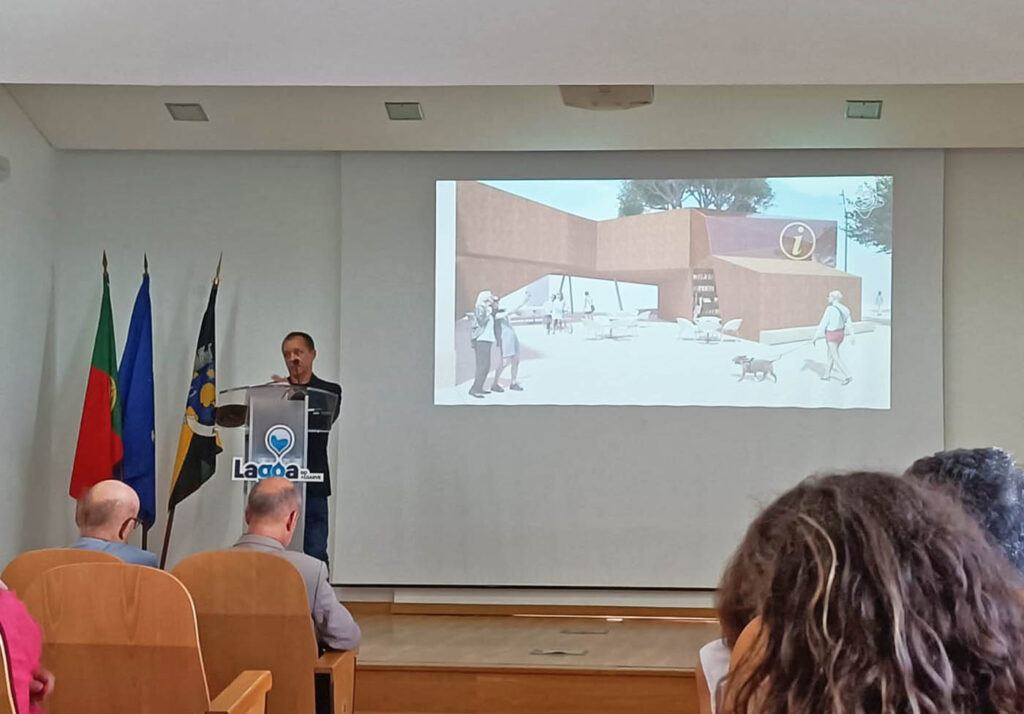
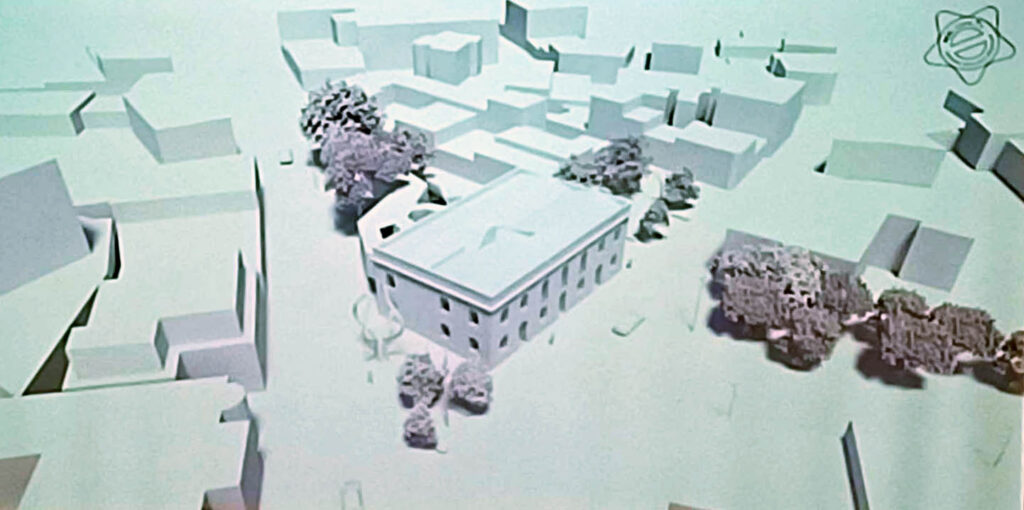
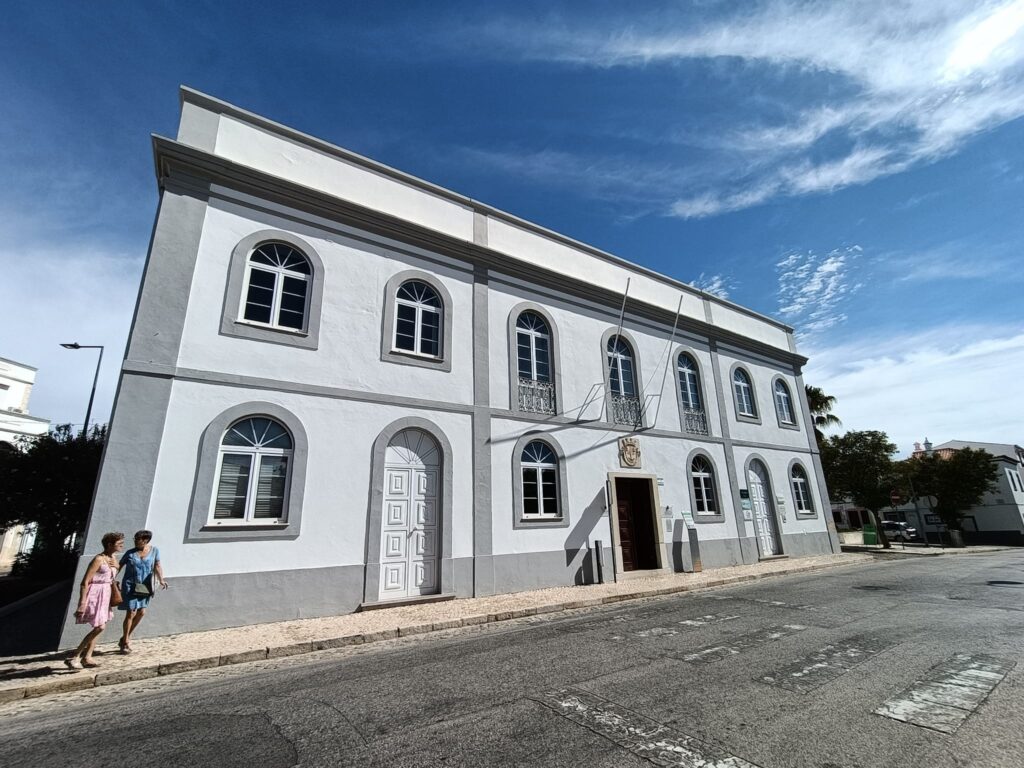
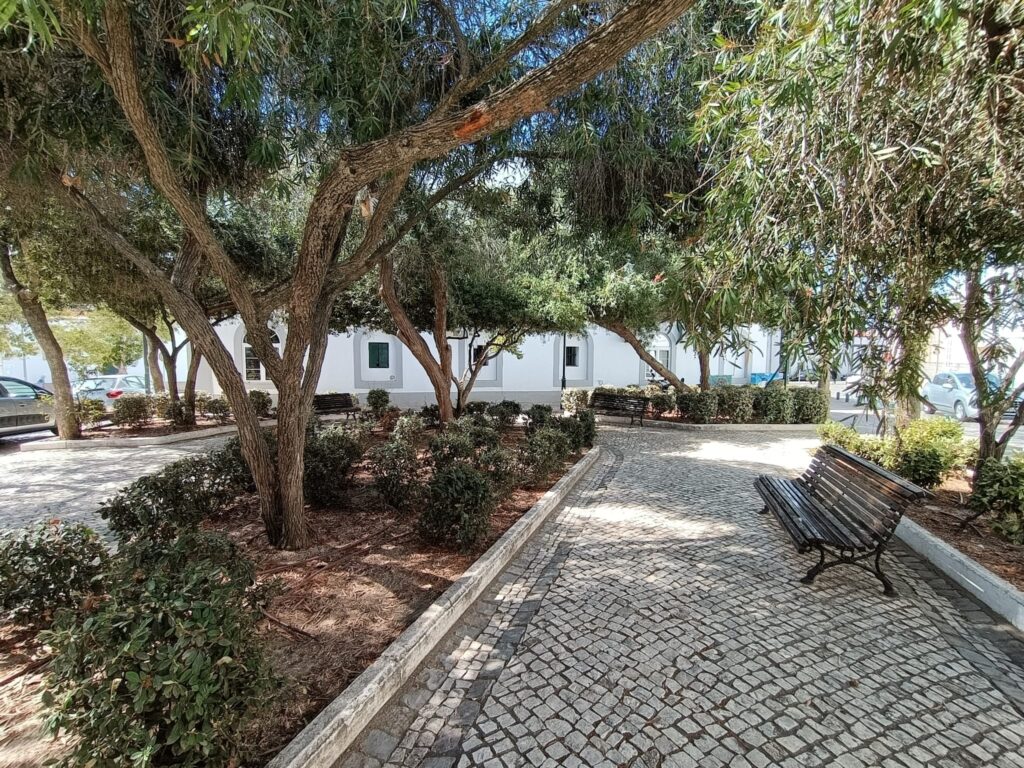
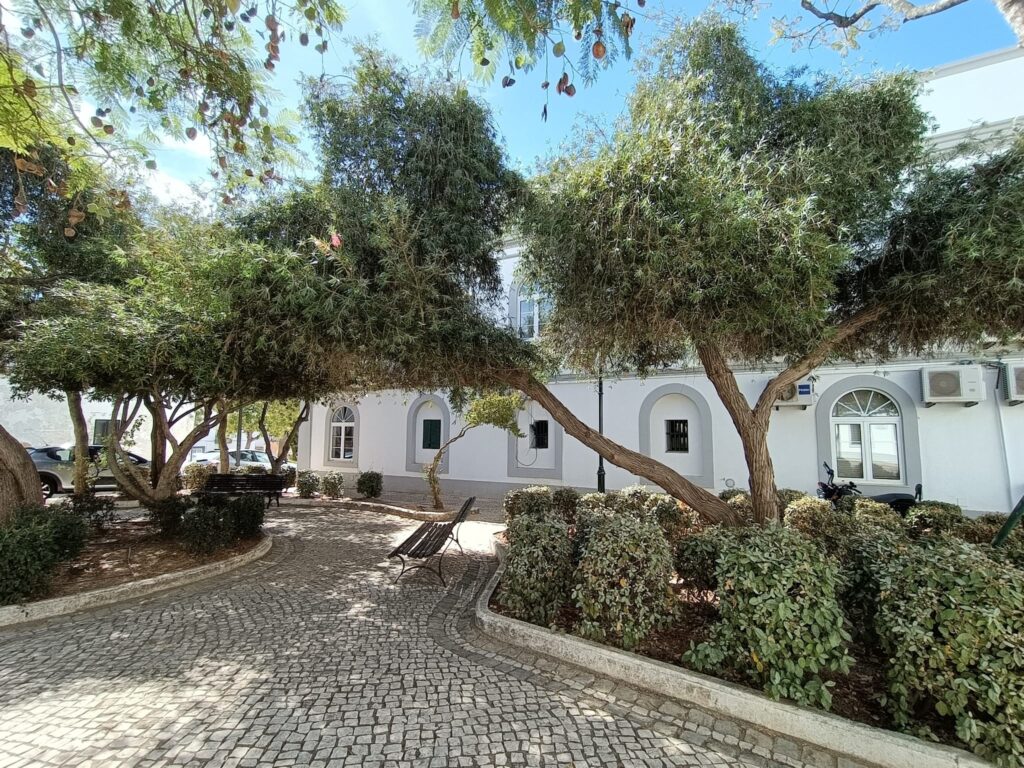
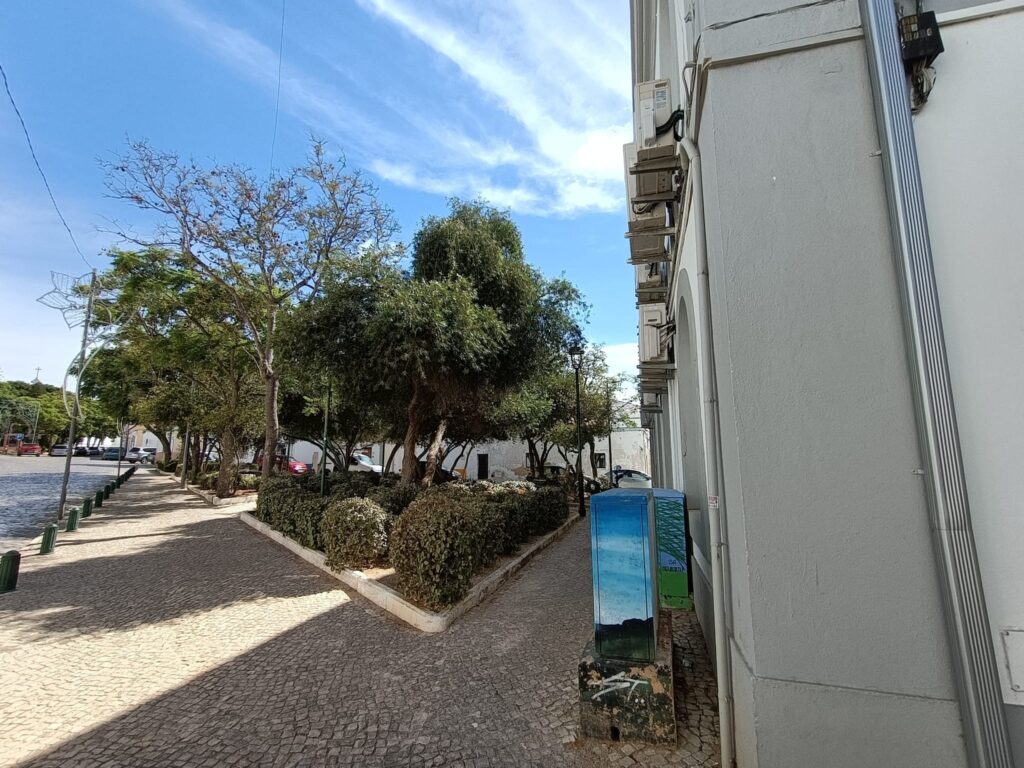
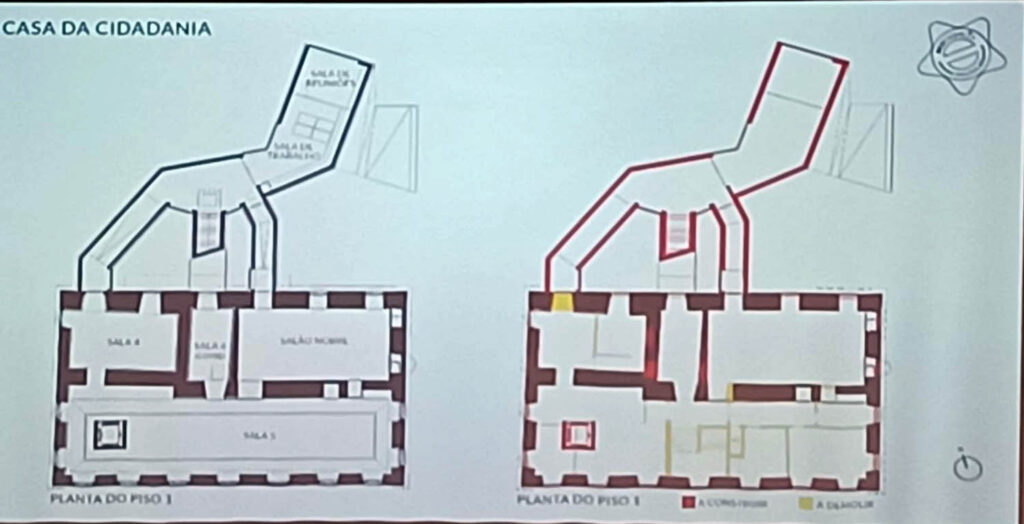
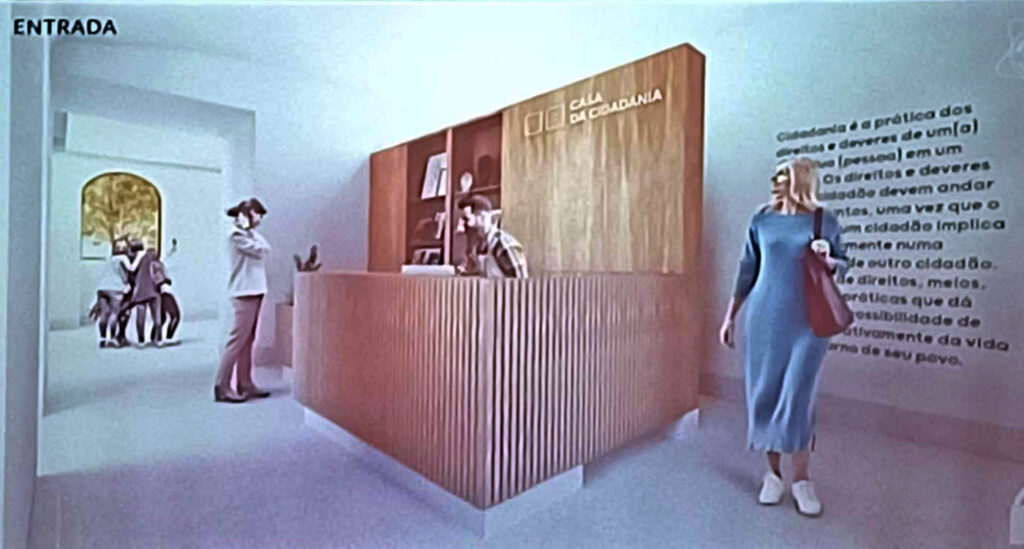
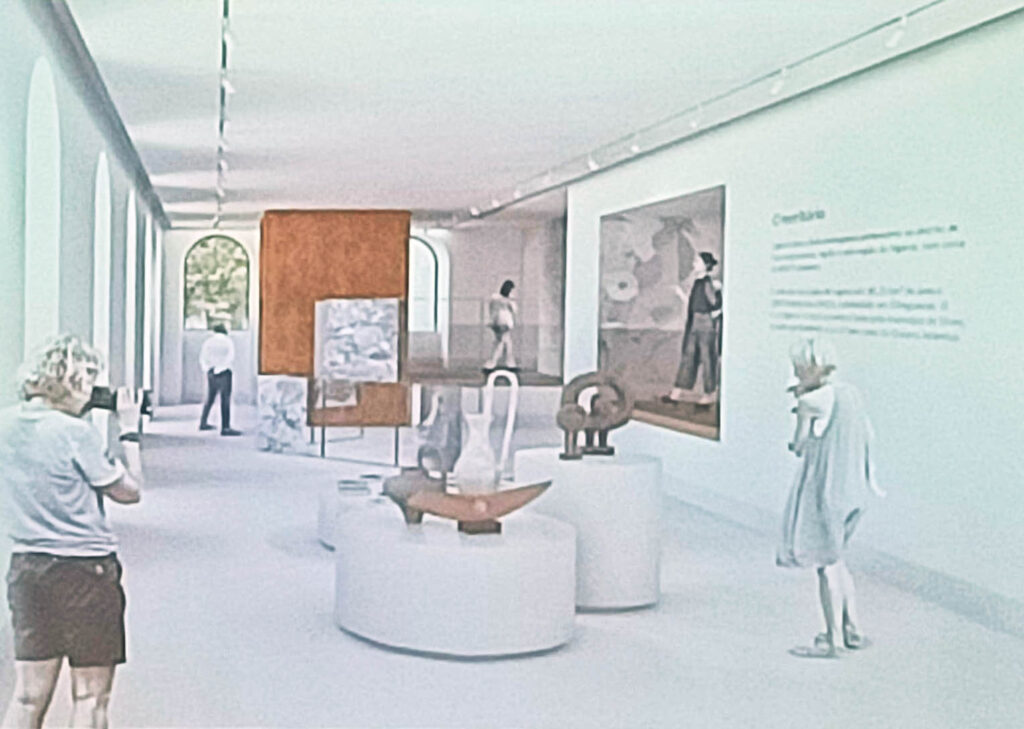
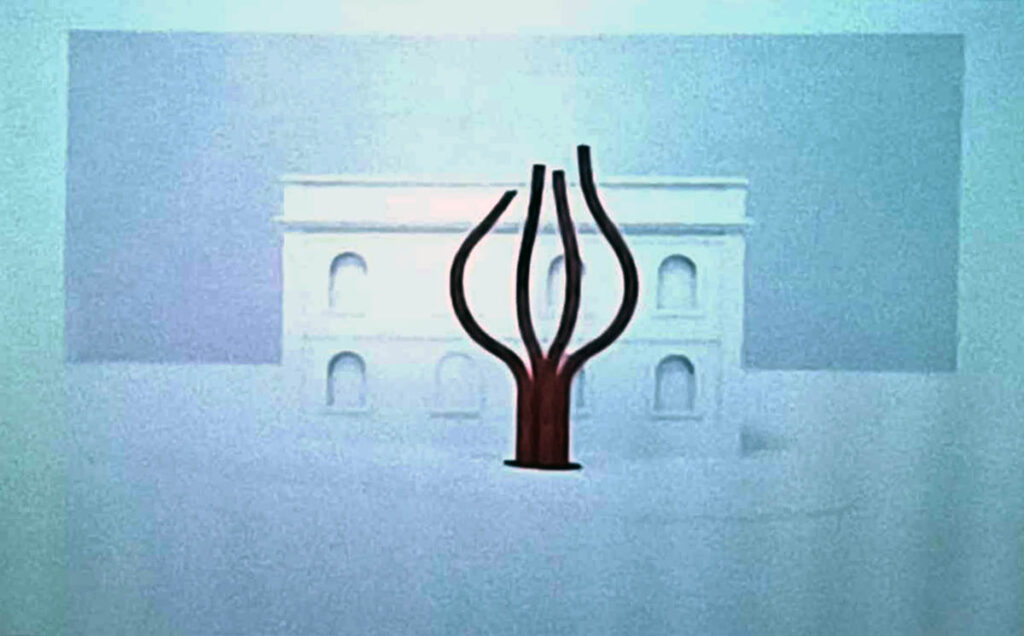



















Comments